How to grow creeping Charlie indoors – expert tips for this trailing beauty
Keep your creeping Charlie healthy and happy indoors with this advice on watering, light, repotting, and more
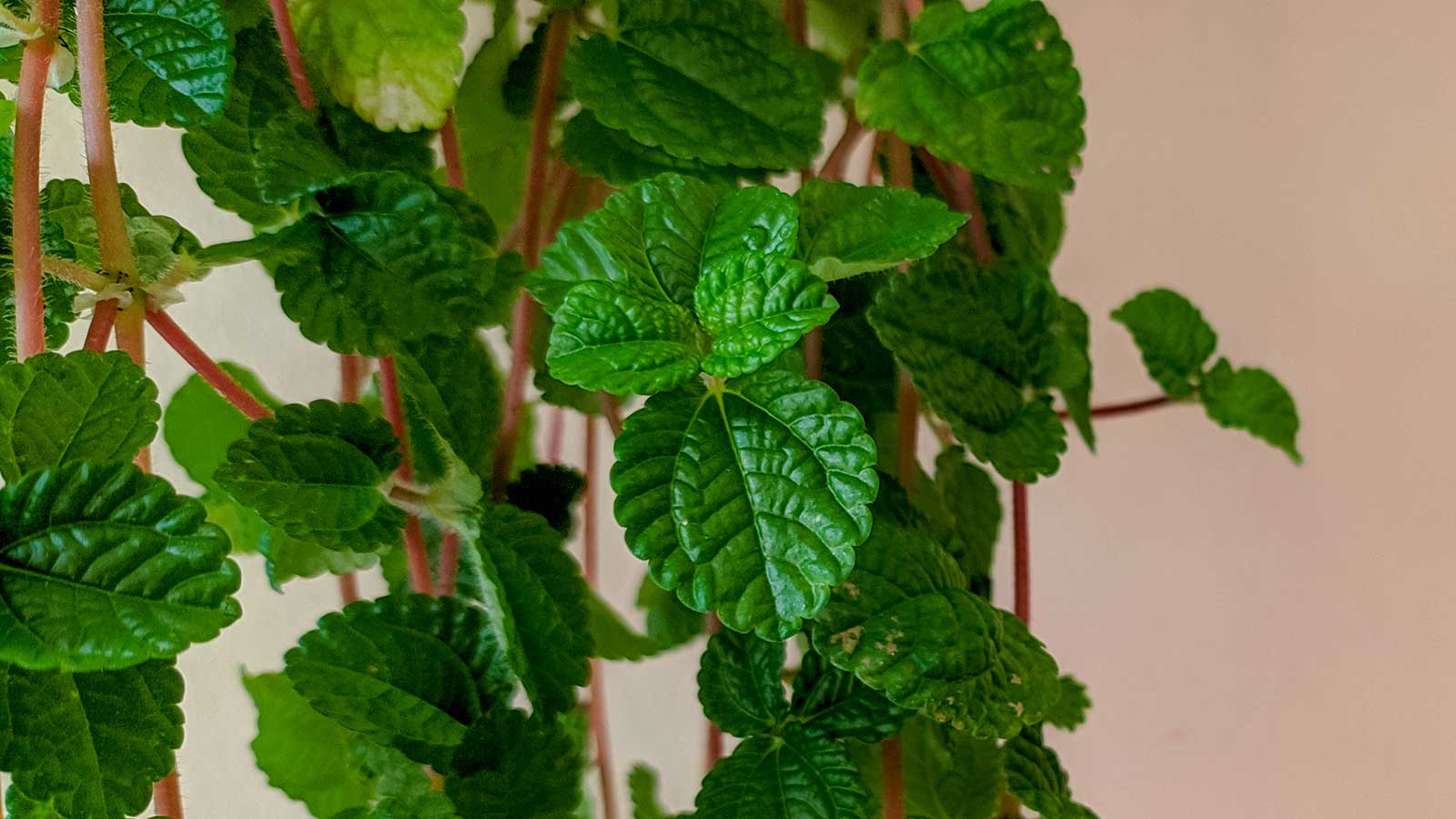

Q: A friend has given me a creeping Charlie plant (Pilea nummulariifolia) as a housewarming gift. I've never heard of this type of houseplant before and don't know how to look after it – do you have any advice?
A: Hailing from the Caribbean and South America, creeping Charlie has stems of small, crinkled leaves that look similar to mint. Its trailing habit makes it a pretty option for a shelf or hanging planter, and it should grow quickly if conditions are right.
It's a low-maintenance indoor plant, but there are a few tips to take on board to keep it looking its best. Below, houseplant professionals share their insights, including advice on watering and light.
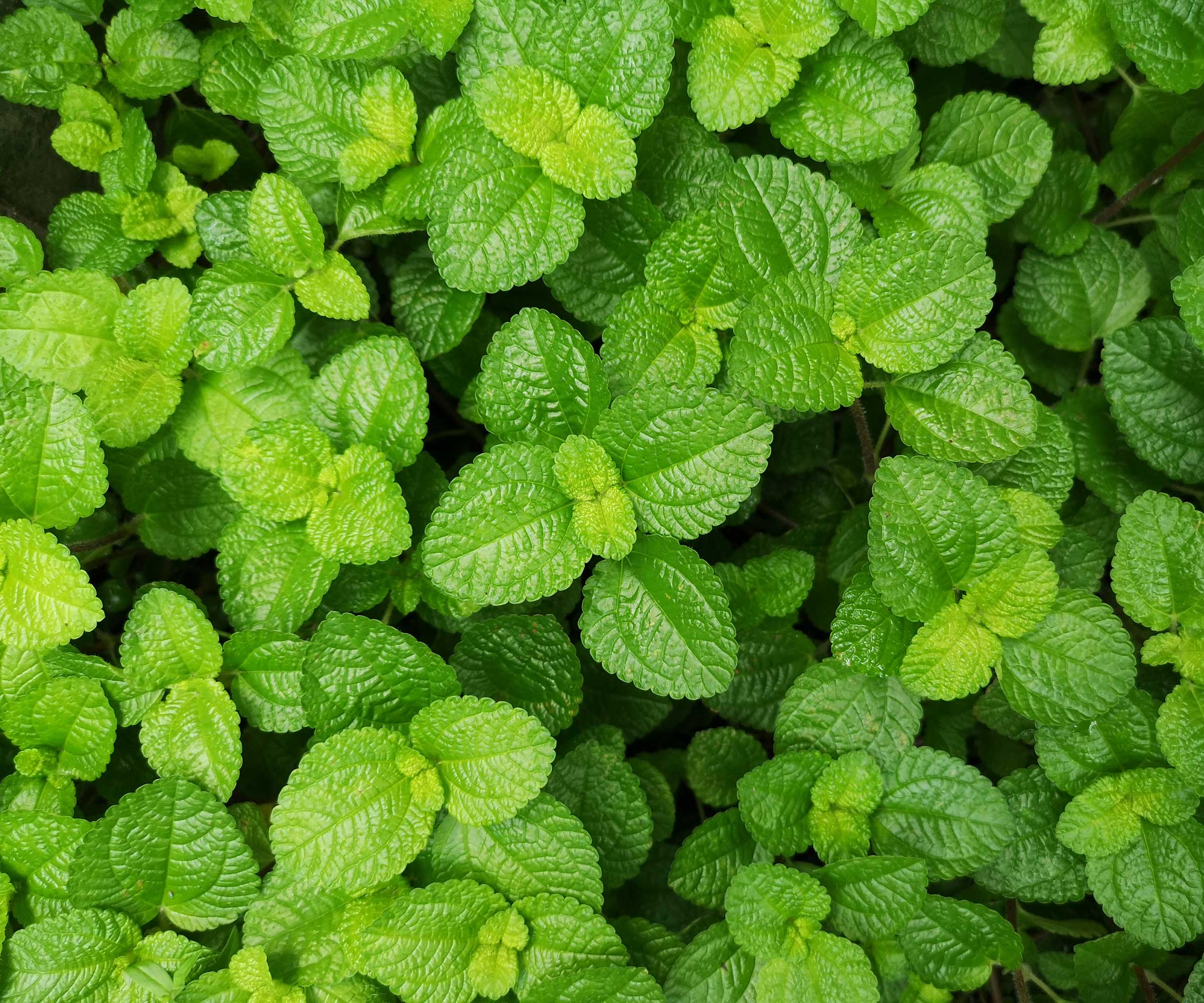
Creeping Charlie has lots of small, crinkled leaves
3 essential tips for how to grow creeping Charlie indoors
Keep your indoor trailing plant looking luscious for years with this advice.
1. Water it carefully
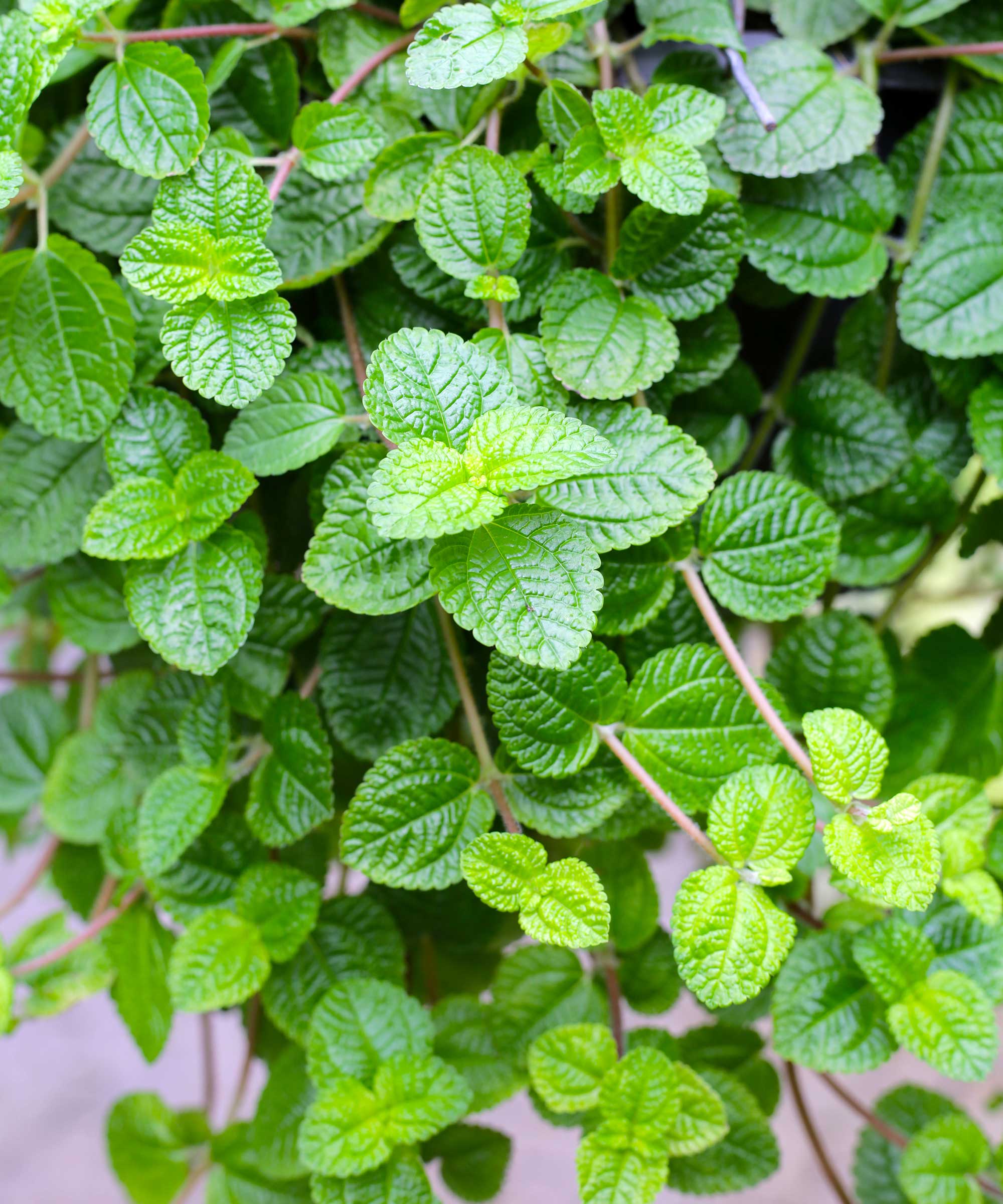
Water these houseplants when the top inch of soil has dried
Kiersten Rankel, a plant expert from the Greg app, recommends letting the top inch of soil dry out between waterings. 'The exact frequency will depend on where your plant lives, what size it is, and how big the pot is, so let your plant tell you when it’s ready,' she says. Note that you'll need to water less over winter, as these plants slow their growth during this time.
There are some telltale signs that your watering balance is off, as Kiersten highlights. Widespread yellow leaves often indicate too much water – similar to when a snake plant turns yellow. On the other hand, if the leaves have crispy brown edges, more hydration is needed.
Don't forget to keep the humidity up around these houseplants, too: Anastasia Borisevich of Plantum says they will grow best if you keep it above a level of 60%. 'To achieve this, use a humidifier, pebble trays, or mist the plant regularly,' she advises. We like this glass plant mister from Amazon with its cute vintage look and range of color options.

Kiersten Rankel is a certified Louisiana Master Naturalist and regularly volunteers with local community gardens and nonprofits to help restore critical ecosystems along the Gulf Coast. She earned her master's degree from Tulane University in Ecology and Evolutionary Biology after her undergraduate degree in Environmental Biology, also from Tulane. In her spare time, she enjoys hiking and tending to her 150+ houseplants and vegetable garden.

Anastasia Borisevich is a resident plant expert for the Plantum app, which helps users identify plant species, diagnose their conditions, and get specific care advice. She has three years of experience consulting on botany-related topics for Plantum (formerly NatureID).
2. Provide a suitable position
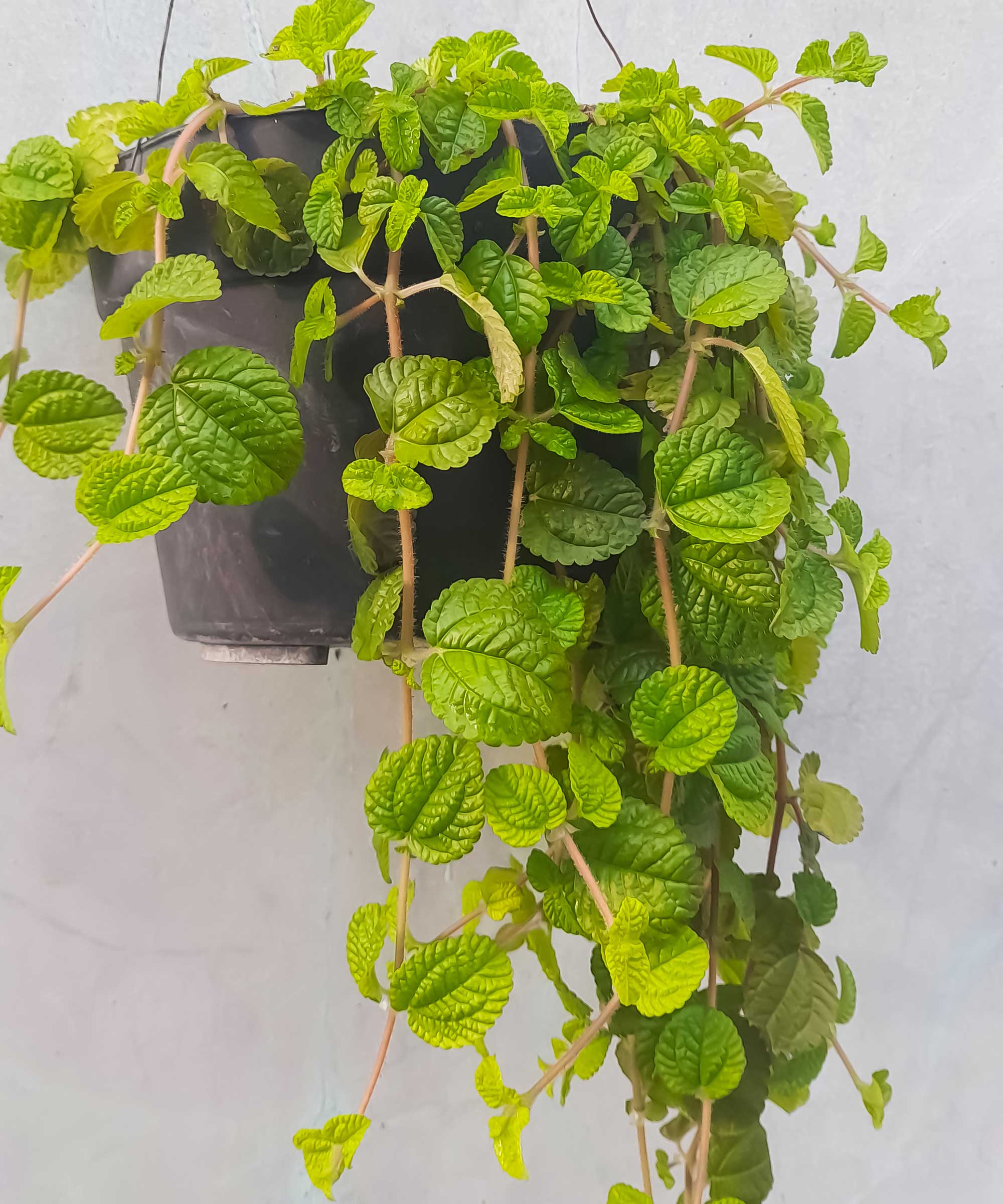
Like many houseplants, creeping Charlie likes bright but indirect light
Whether hanging this plant from the ceiling or placing it on a shelf, it's important to consider light and warmth.
Anastasia highlights how creeping Charlie hates cold air and drafts. 'It will be happy if temperatures stay between 65 and 80° Fahrenheit,' she says.
She also notes how bright, indirect sunlight is ideal. 'This plant will thrive close to an east- or west-facing window, as long as you shelter it from direct sun that can scorch its leaves.'
On the other hand, Kiersten says a leggy plant that's stretching for the sun might need a brighter spot.
3. Repot your plant when needed
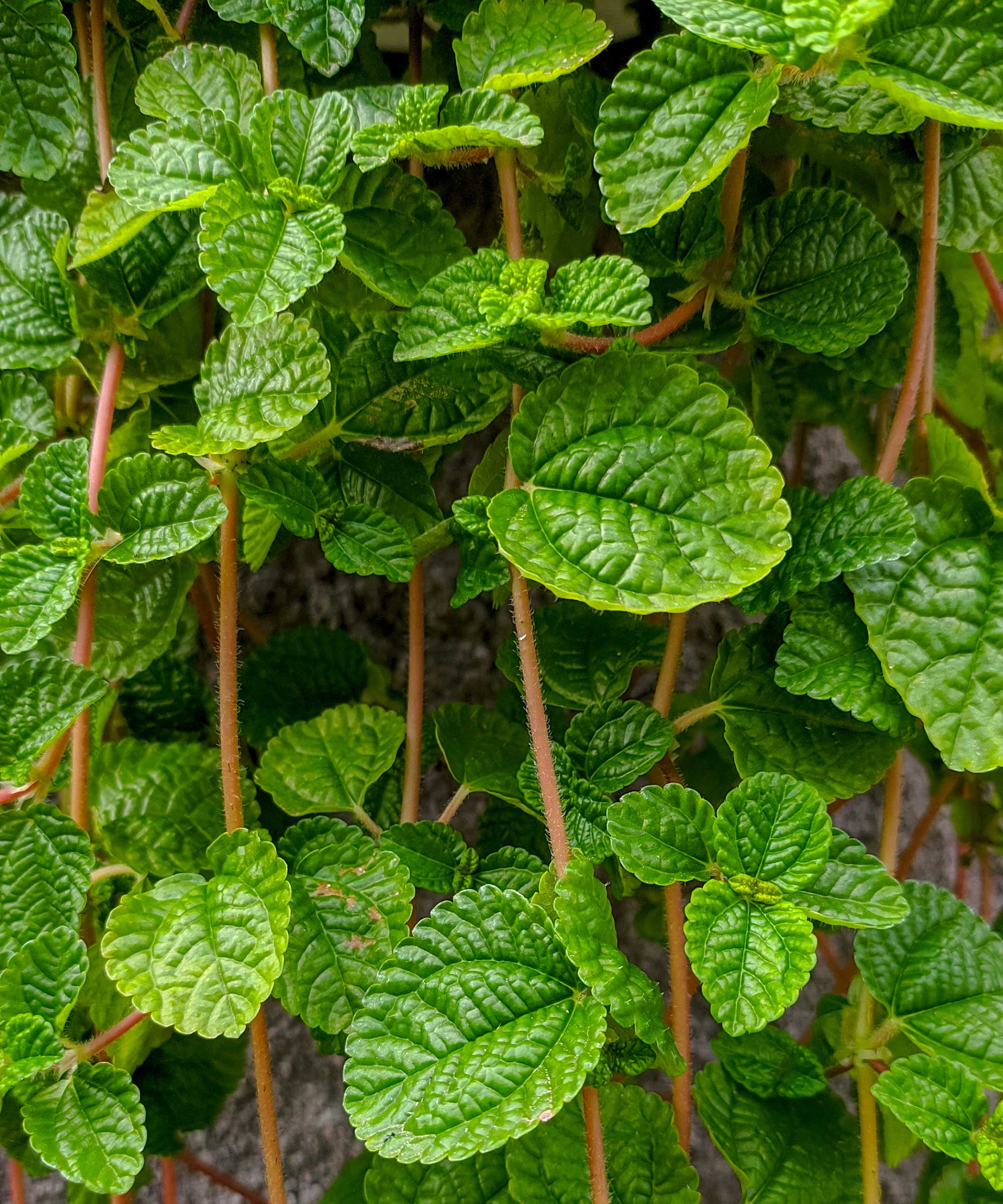
Upgrade your plant's pot when the time is right
Repotting houseplants provides the opportunity to give them fresh, nutrient-rich soil and more space to grow. It also prevents their roots from becoming congested, which can lead to problems with water and nutrient uptake.
Anastasia says to keep an eye on the drainage hole of your creeping Charlie. 'If you see roots poking out of it, it means that your plant can use some more space. Repot it in spring to avoid transplant shock.'
In terms of soil, she recommends using an African violet potting mix. We like the look of the Espoma organic mix from Amazon, which is well-rated by customers.
FAQs
Can creeping Charlie suffer from houseplant pests?
In terms of houseplant pests, Kiersten Rankel, a plant expert from the Greg app says, 'While creeping Charlie is generally a tough cookie, it can sometimes attract uninvited guests like mealybugs or spider mites.
'Keep an eye out for any webbing or white fuzz which give away a pest’s hiding spots. Regular check-ups and a quick wipe down with soapy water usually keeps these pests at bay.'
Should you prune creeping Charlie?
These plants can be pruned with a pair of sharp and clean pruners. According to Kiersten Rankel, a plant expert from the Greg app, this encourages bushier growth.
'Just snip the top one to two leaf sections off a stem and it will branch out into two new stems,' she says.
How do you propagate creeping Charlie?
It's easy to propagate these plants from cuttings. 'Snip off a stem, pop it in water or soil, and watch the magic happen,' says Kiersten Rankel, a plant expert from the Greg app. If you're using water, be sure to steer clear of the common water propagation mistakes for the best chance of success.
Looking for other trailing plants to keep your creeping Charlie company? We love string-of-hearts and pothos, and our dedicated care guides are full of practical tips on how to look after them.
Sign up to the Homes & Gardens newsletter
Design expertise in your inbox – from inspiring decorating ideas and beautiful celebrity homes to practical gardening advice and shopping round-ups.

Holly started writing about gardening five years ago, and she is a regular contributor to Homes & Gardens. She has also written many gardening features for Woman & Home and Real Homes, too. She has previous experience as a professional gardener, where she helped to plant and maintain private gardens. Holly has also looked after allotment plots over the years and loves to grow her own flowers and veggies from seed. In her spare time, she enjoys visiting local gardens, botanical drawing, and tending to her ever-growing collection of houseplants.
-
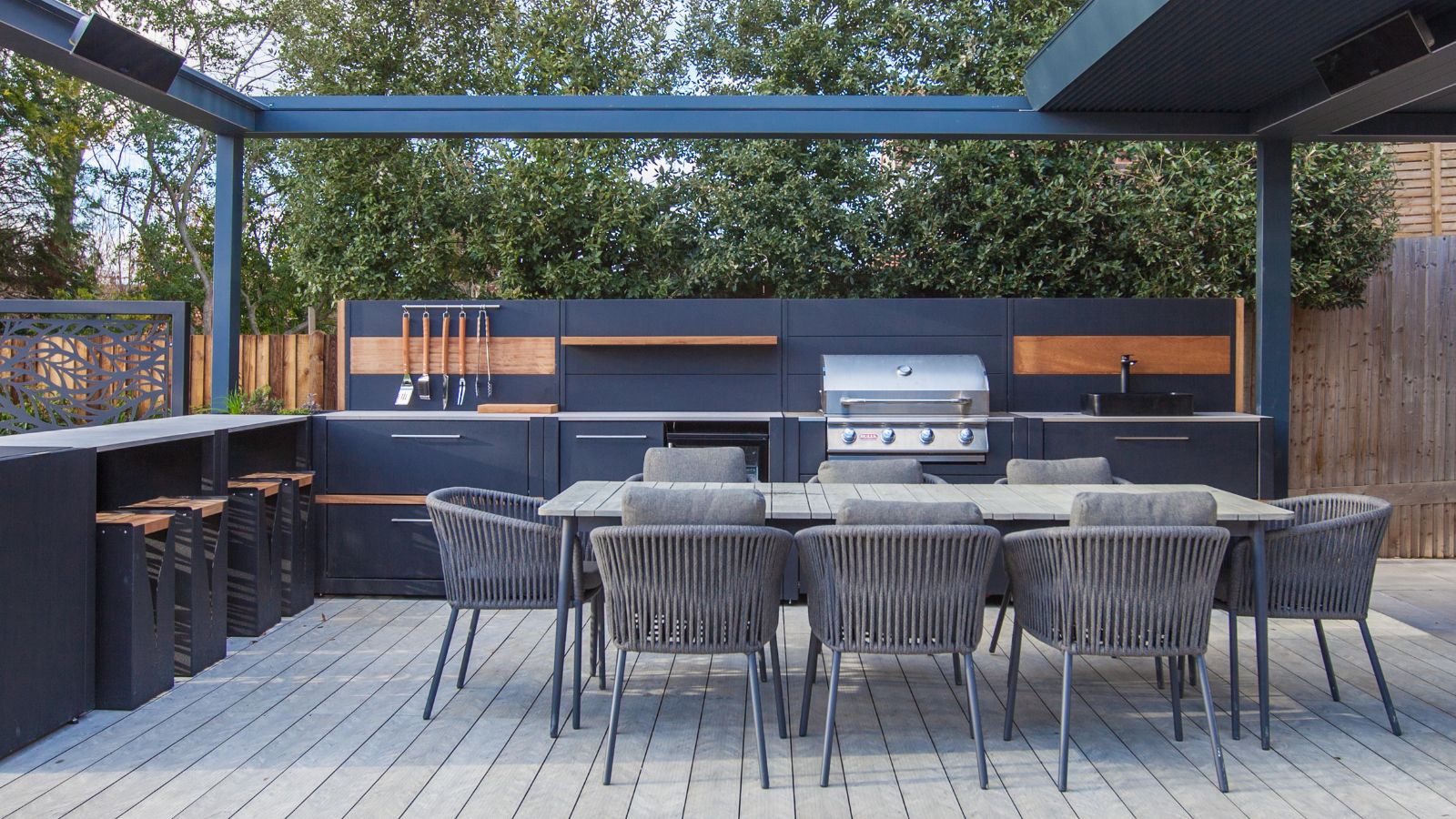 How can you make an outdoor kitchen feel more luxurious? Designer tips on making this hardworking space extra opulent
How can you make an outdoor kitchen feel more luxurious? Designer tips on making this hardworking space extra opulentDiscover the strategies the experts use to give an outdoor kitchen luxury style
By Sarah Warwick
-
 Kyle Richards' unconventional styling encourages you to use shelves for more than books – it's a fresh twist on 'bookshelf wealth' for 2025
Kyle Richards' unconventional styling encourages you to use shelves for more than books – it's a fresh twist on 'bookshelf wealth' for 2025The Real Housewife of Beverly Hills intentionally decorated her shelf with ceramics and accessories that have enough room to breathe, and designers love her look
By Hannah Ziegler